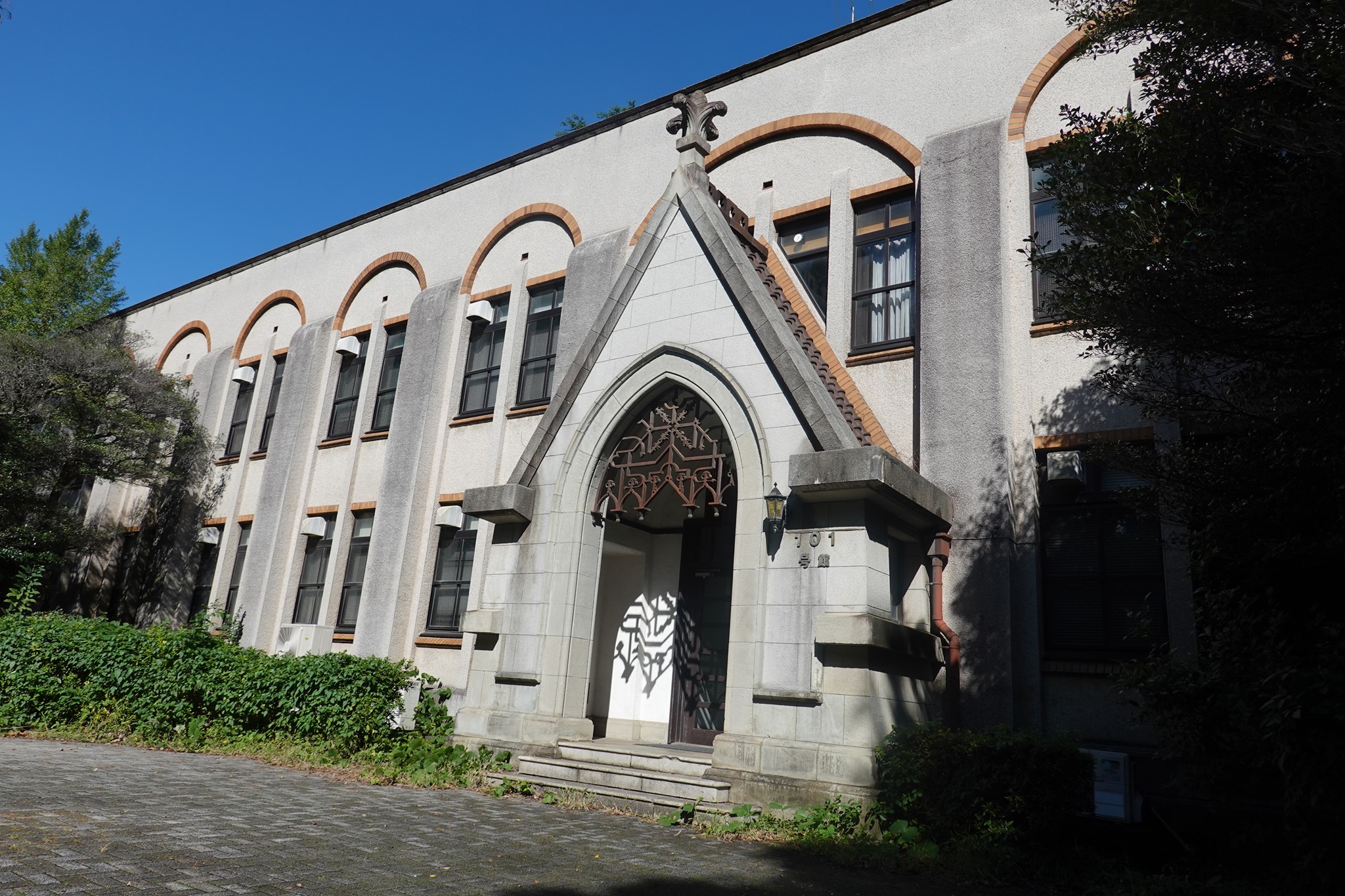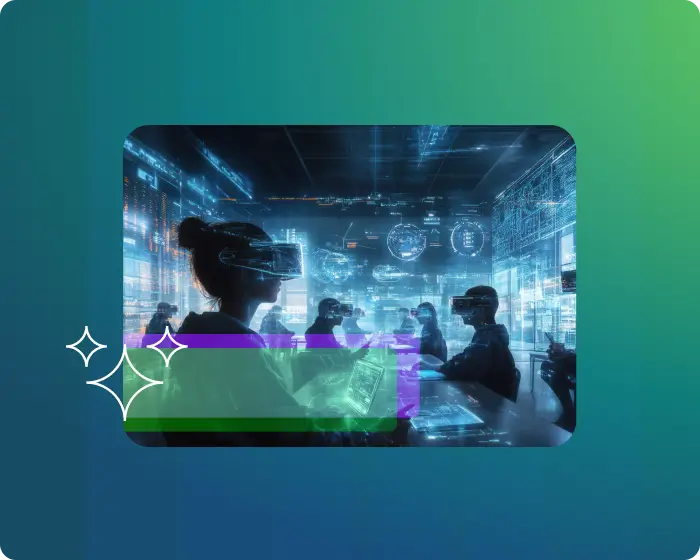East Asian Academy for New Liberal Arts
Leaning into asynchronous learning to optimize the experience for remote students.

Achievements
Less stress for instructors engaged in online teaching
A consistent learning experience across time zones
Pre-recorded lectures to enhance pandemic-era learning
The Challenge
In early 2020, when schools across Japan took swift action to keep their students and communities safe amid a growing pandemic, East Asian Academy for New Liberal Arts (EAA) made the tough decision to move its enrolled students to online learning for the entirety of the upcoming spring semester. EAA faculty prepared to teach in a fully virtual environment using the university’s existing digital learning technologies – its custom-built learning management system (LMS), Google Classroom, and its web conferencing platform, Zoom.
Shortly after moving courses online, it became clear that replicating pedagogies meant for in-person learning over synchronous web conferencing systems like Zoom was not going to be as successful as the academy had hoped.
Two faculty members with EAA advocated for a different type of video technology that could add much-needed flexibility to teaching and learning throughout the pandemic – and in the future.
Professor Ching Yuen Cheung recalled his experience while he was teaching at Chinese University of Hong Kong in 2019. “I recorded my lectures with Panopto for those who were on strike,” Cheung says. “Later, I learned that some of my students actually preferred watching on-demand lectures in Panopto to attending live lectures on Zoom.”
Once again faced with the challenge of moving in-person classes to online learning, Cheung sought to apply his previous experience and deliver learning online through a blend of synchronous and asynchronous mediums. “While Zoom is best for face-to-face interactions and discussions, Panopto is really the ideal platform for teaching and learning,” Cheung says. “My students learn better when they can watch Panopto content on their own and then participate in live discussions over Zoom.”
Mark Roberts, a Project Research Fellow at EAA, was teaching a media studies course at EAA when it was announced classes would be held exclusively online for the spring semester. Under normal circumstances, he would have asked his students to go to the campus media center where media resources for their assignments were readily available, but that wasn’t possible with the pandemic. Roberts needed a way for his students to stream media remotely.
Roberts typically flipped his classroom to maximize time for discussions and to guide students to think critically about the media they had watched for homework. “Many aspects of learning involve students listening, watching, and then thinking about the media or pre-recorded course content,” Roberts says. “In a remote learning environment, Zoom is useful for synchronous teaching that involves student interaction, but not for recording and sharing on-demand videos with students.”
Having heard about Panopto from a colleague who was using it at another university in the United States, Roberts believed it could solve not only the challenges he was facing teaching his media studies course online but also provide a more effective and comfortable environment for students during the pandemic.
When Roberts discovered that Professor Cheung had used Panopto previously, they worked to collaborate with EAA’s Deputy Director, Tsuyoshi Ishii, to pilot the technology.
The Solution
Cheung and Roberts approached Ishii to discuss the immediate need for a solution that would make it possible for EAA faculty to blend synchronous and asynchronous teaching online. They believed that with Panopto, faculty could more easily experiment with different pedagogies to better engage remote students and optimize the learning experience.
“We felt that the flipped classroom model would be more effective for online learning and would minimize stress for students during the pandemic,” Roberts says.
In parallel, Ishii was facing the challenge of organizing a joint course in collaboration with Peking University. From his standpoint, an important part of EAA’s mission has been to explore new methods of international education and research, and plans had been made for faculty and students to once again travel between Tokyo and Beijing in autumn 2020. The COVID-19 pandemic, however, made this nearly impossible.
Ishii agreed with Cheung and Roberts that EAA needed video technology that would better support asynchronous teaching and learning, and he also realized that Panopto could help make it possible to hold the joint course with Peking University in spite of the pandemic. Using a flipped classroom format and on-demand video features of Panopto, students and faculty in different parts of East Asia, working in different time zones, could still meet on a weekly basis for academic exchange. Ishii also saw the potential to leverage on-demand video in new ways that would move EAA forward as a top humanities research center post-pandemic.
With broader goals in mind, they knew they needed four key capabilities:
- Online tools for creating and editing video content
- Reliable video streaming on-demand
- Secure video hosting and sophisticated user permissioning
- Support for broadcasting and streaming academic presentations online
The team compared Panopto’s capabilities with other platforms, including YouTube, Vimeo, and Google Classroom. Only Panopto could meet each of their requirements.
Confident they had found the right solution, the EAA team prepared to deploy Panopto for the fall semester.
“Panopto allows us to present each visual component separately so students can extract information quickly, in a very straightforward way, and even control what they want to see.”
Tsuyoshi Ishii, Deputy Director – EAA
The Impact
Praise for Panopto spread quickly at EAA, piquing the interest of faculty members outside of EAA. Professors already spent a significant amount of their time preparing to teach, so having access to tools that made it easier to create content and pre-record lectures made a big impact.
“For teachers, Panopto actually helps reduce some of the stress of teaching online,” Roberts said. “It’s easy to get started and easy to compose content – my colleagues and I have found that the learning curve is very manageable – it just works.”
Ishii added, “Panopto allows us to present each visual component separately so students can extract information quickly, in a very straightforward way, and even control what they want to see.”
For Professor Cheung and others who teach students internationally, Panopto is essential for providing the best, most consistent learning experience to students who are spread across different time zones. “I’m so happy to have Panopto at EAA!” Cheung says.
While it was the pandemic that initially compelled them to adopt Panopto, EAA faculty members plan to continue using the platform for asynchronous and blended learning even when they are back in the classroom. “Panopto provides useful tools that make it easier for students to learn in any learning environment,” Roberts says.
Leaders at EAA have big ideas for evolving the business of education, as well. As a leading research institution, EAA sees opportunities to push intellectual progress forward through MOOC-style talk sessions and recorded dialogues between scholars on opposite sides of the globe. While no one is quite sure what the new normal will look like when the pandemic subsides, university leaders are prepared to use what they’ve learned throughout this experience to navigate an uncertain future.






